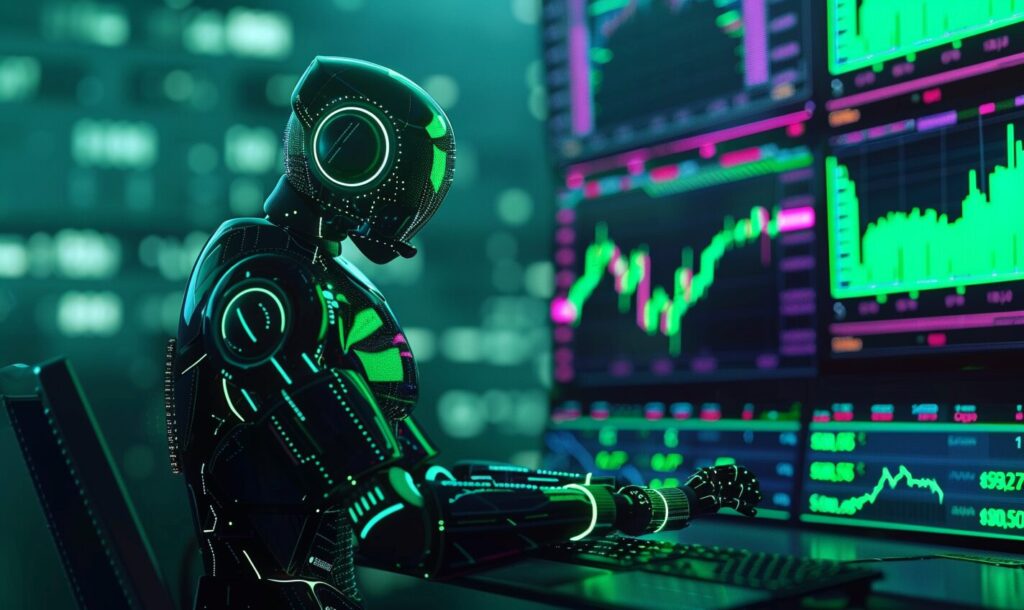Artificial intelligence (AI) is a broad and vast topic. It covers robotics, machines and algorithms and works its way into everyday tech gadgets. To better understand this topic, breaking AI down shows the progress the field has made throughout the years and its future potential. These four categories of artificial intelligence are the best way to learn about the field.
1. Reactive Machines
The categories of artificial intelligence build and grow and evolve off of one another. The foundation for that growth is the first category — reactive machines. As the name implies, these types of AI are reactionary. They react to an action that occurs first.
For instance, one of the oldest examples of AI is playing chess against a computer. Once you move a piece, the machine reacts to that move and responds accordingly to try and win. It can only use AI in a way that processes the information that goes into it — it can only react.
This form of AI is the most basic, but it’s necessary for things like games where it doesn’t have to store the stimuli after it reacts to it. Instead, it “forgets” and moves on to react to other things.
2. Limited Memory
Where reactive machines don’t use memory storage, limited memory AI systems do — but only a certain amount. These devices and systems learn from the past. Over time, they grow more and more able to provide you with things like Netflix personalization or online shopping recommendations. They learn your preferences and give you an improved user experience.
Alongside predicting things the algorithms think you’ll like, this form of AI prediction will also be helpful for businesses seeking to get ahead of consumer trends and prepare for them. Limited memory has a set purpose and learns along the way.
Both reactive machines and limited memory are similar to that classification of AI — which is different from these four categories — that is artificial narrow intelligence (ANI). This classification involves systems that carry out specific tasks and can’t do more than what their programming entails.
3. Theory of Mind
Changing the game, the theory of mind is an advanced type of AI. This field occurs when AI is able to learn beyond the initial programming. For instance, a robot’s purpose may be to sweep, but as it learns, it may also be able to mop.
The constant learning and growth make it seem like these AI devices and systems have a mind of their own. In reality, the algorithms continuously learn from errors and preferences, helping to make the AI as smart and efficient as possible.
Theory of mind is most similar to the classification of artificial general intelligence (AGI) which states that AI can learn, understand and perceive — essentially functioning like a person would. In action, this kind of AI can drastically change the workplace, taking tedious tasks and making them more efficient.
4. Self Awareness
The last of the categories of artificial intelligence is self-awareness. This area moves past the theory and into the reality of AI getting on the same level as human consciousness. You’ll find a few examples that are similar to self-awareness here and there. Sofia the Robot is relatively self-aware — she even states that she is aware that she’s not fully aware yet.
This awareness involves the AI knowing that it’s a robot or gadget. Virtual assistants like Siri and Alexa come close to self-awareness. Still, self-awareness is the least common field. While it’s an interesting future prospect, it is largely theoretical for now.
This form of AI is along the lines of superintelligence, which means that a robot could process data in an instant and therefore make decisions at the same speed as a human. Self-awareness shows where the future of AI will go. We’ve all seen the futuristic AI robot movies, though. Whether the outcome of self-awareness is good or bad is still up in the air.
The Future Will Shape the Categories of Artificial Intelligence
These four types of AI show how the field got started, with advancements in playing chess, and where it’s going now, mimicking human qualities. The future will continue to build off these categories and create AI that works for businesses and individuals alike.
Recent Stories
Follow Us On
Get the latest tech stories and news in seconds!
Sign up for our newsletter below to receive updates about technology trends














